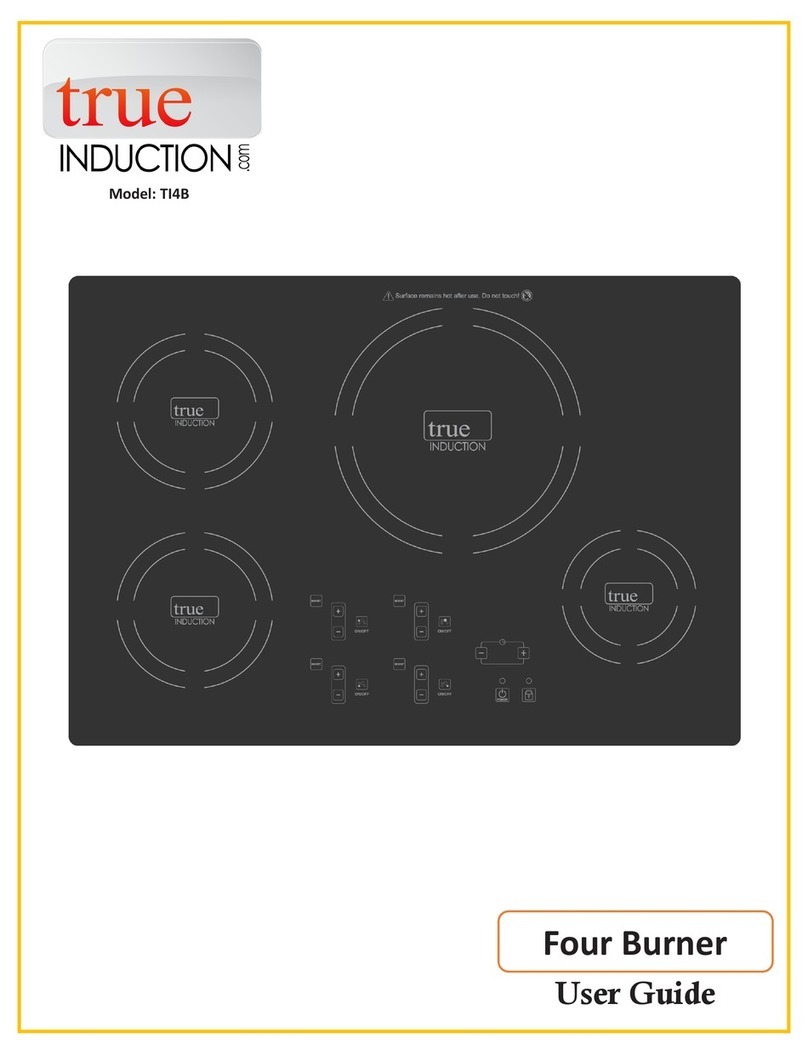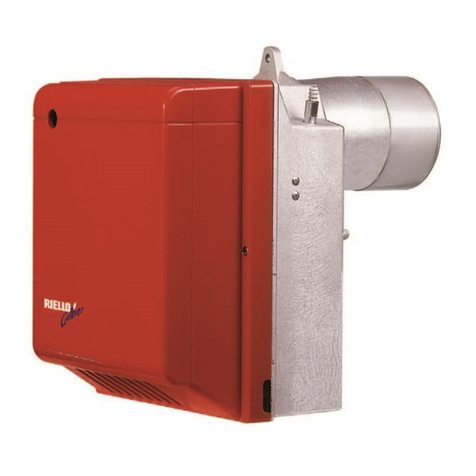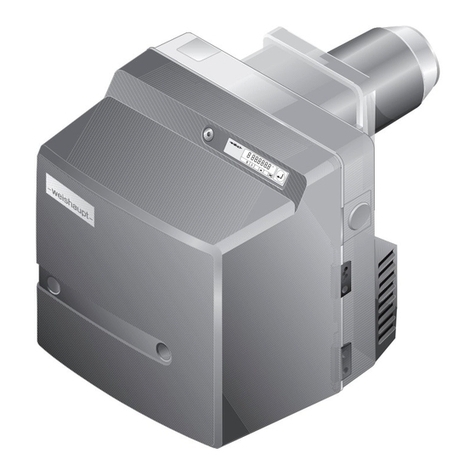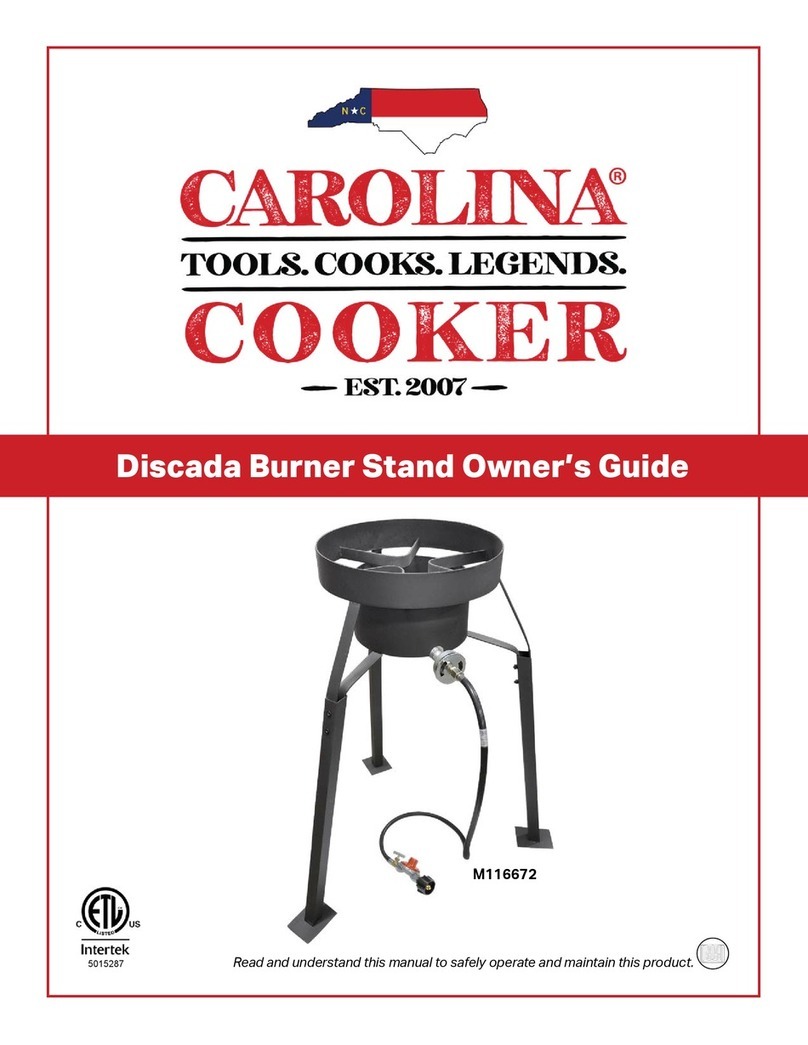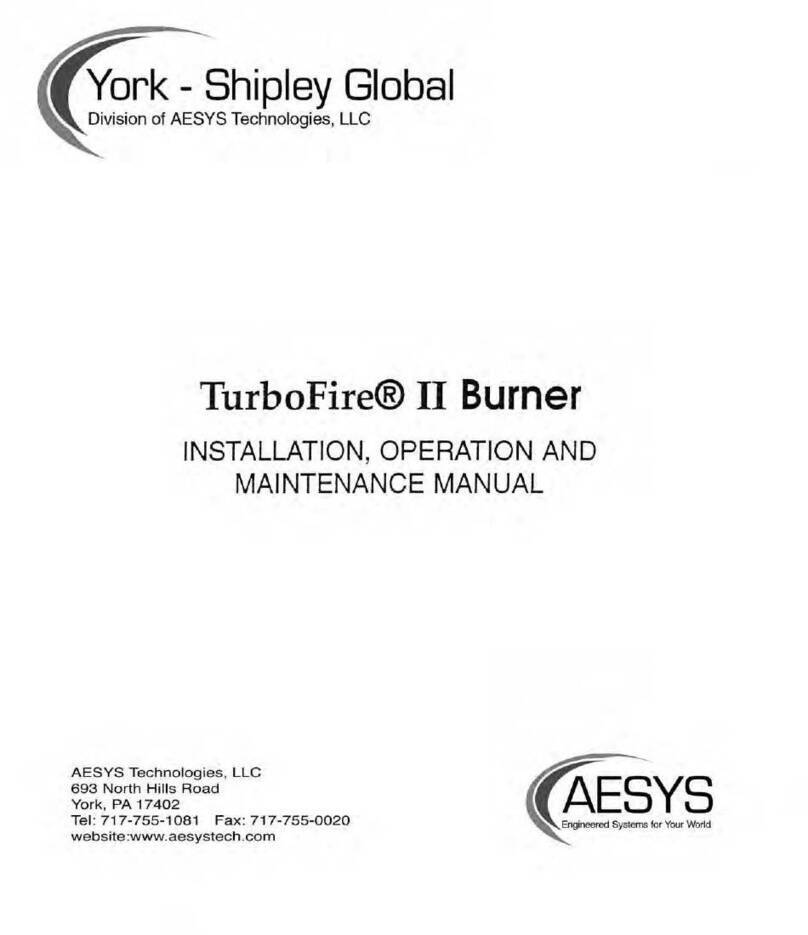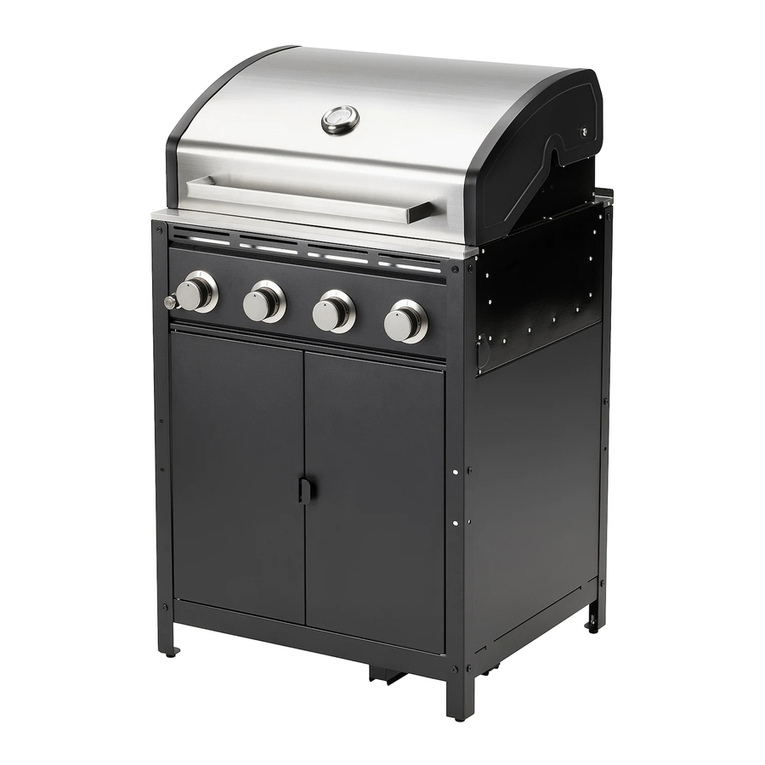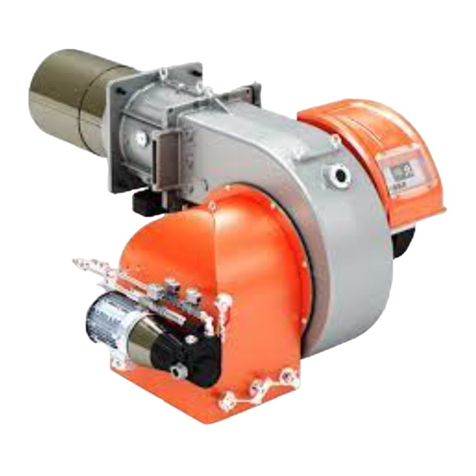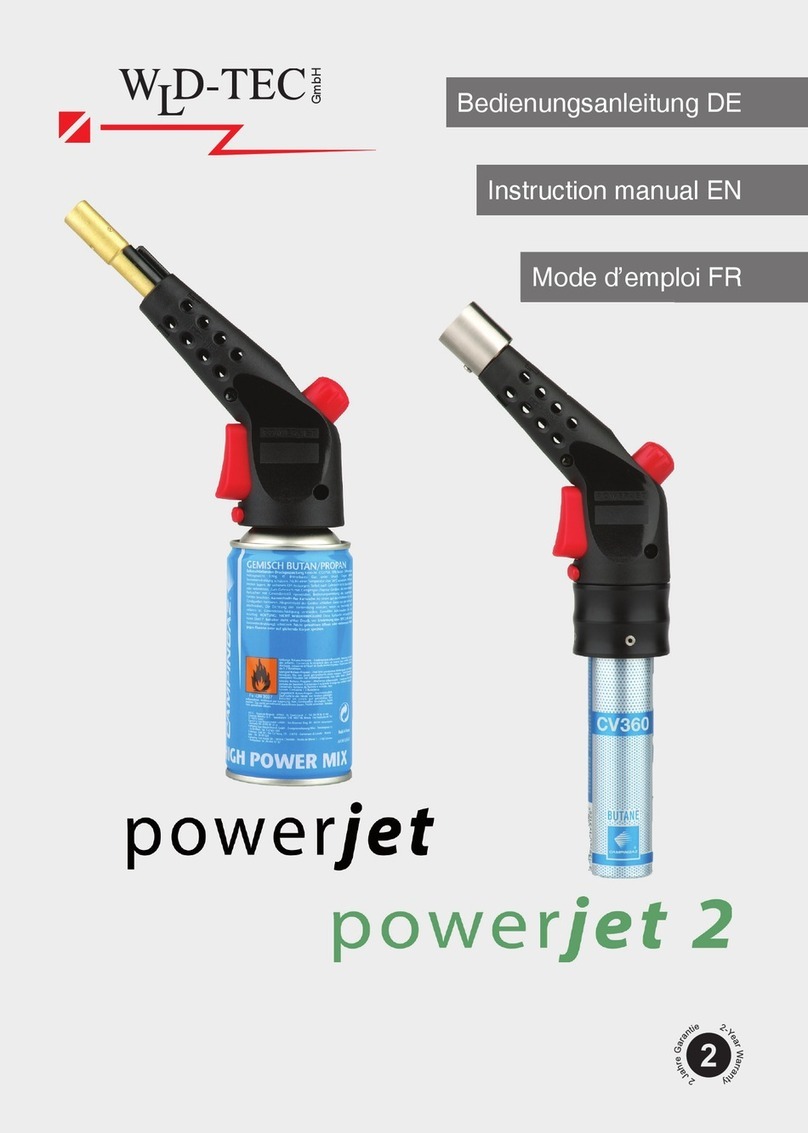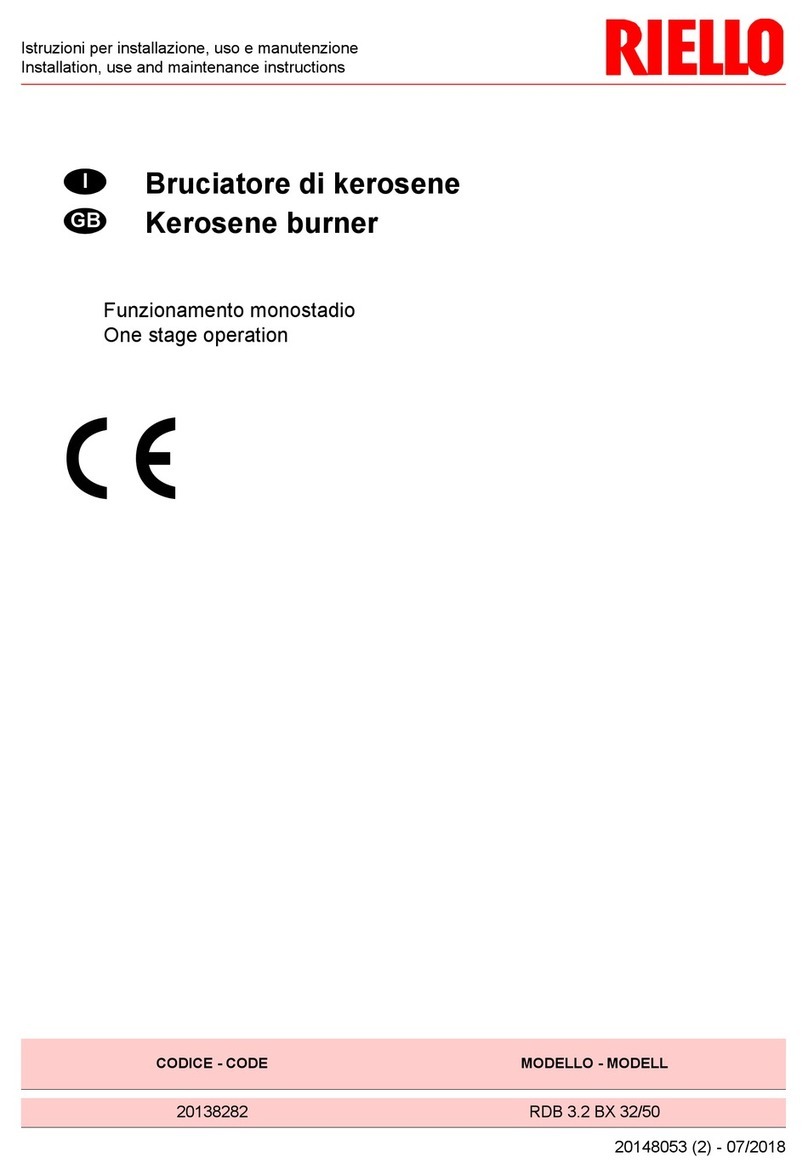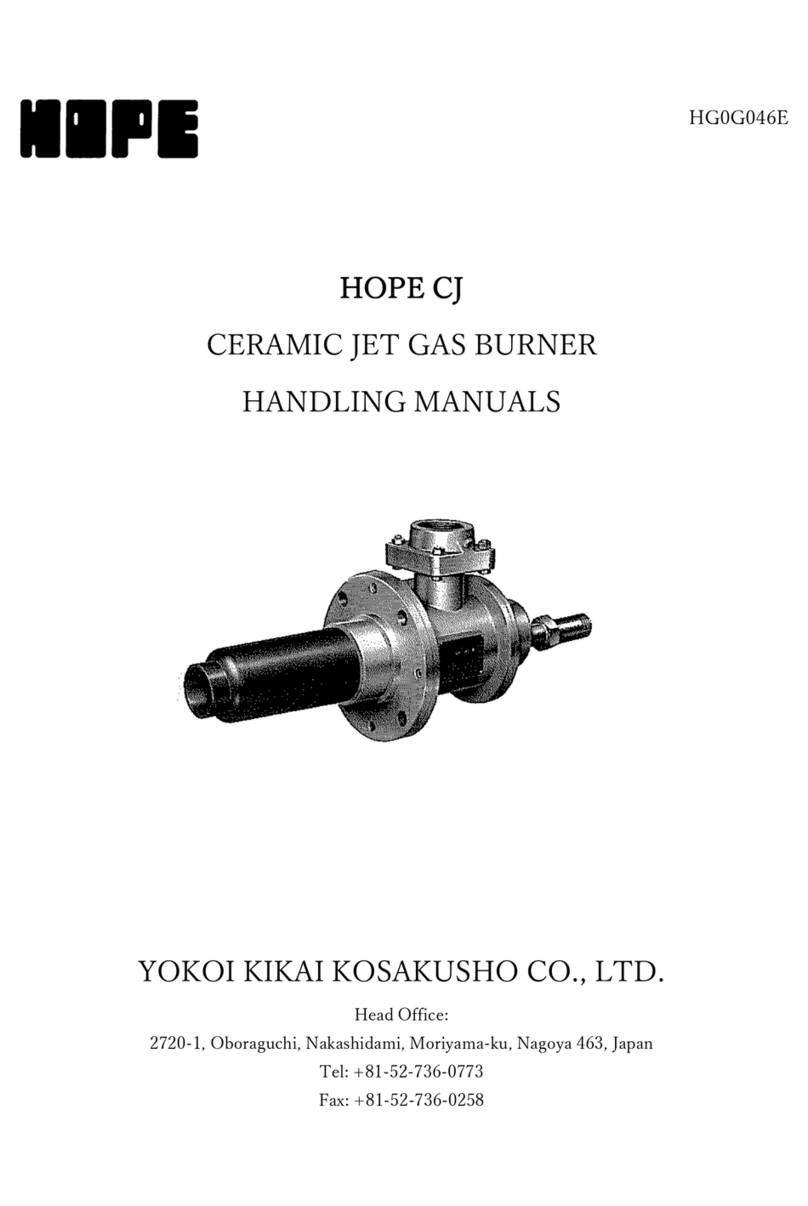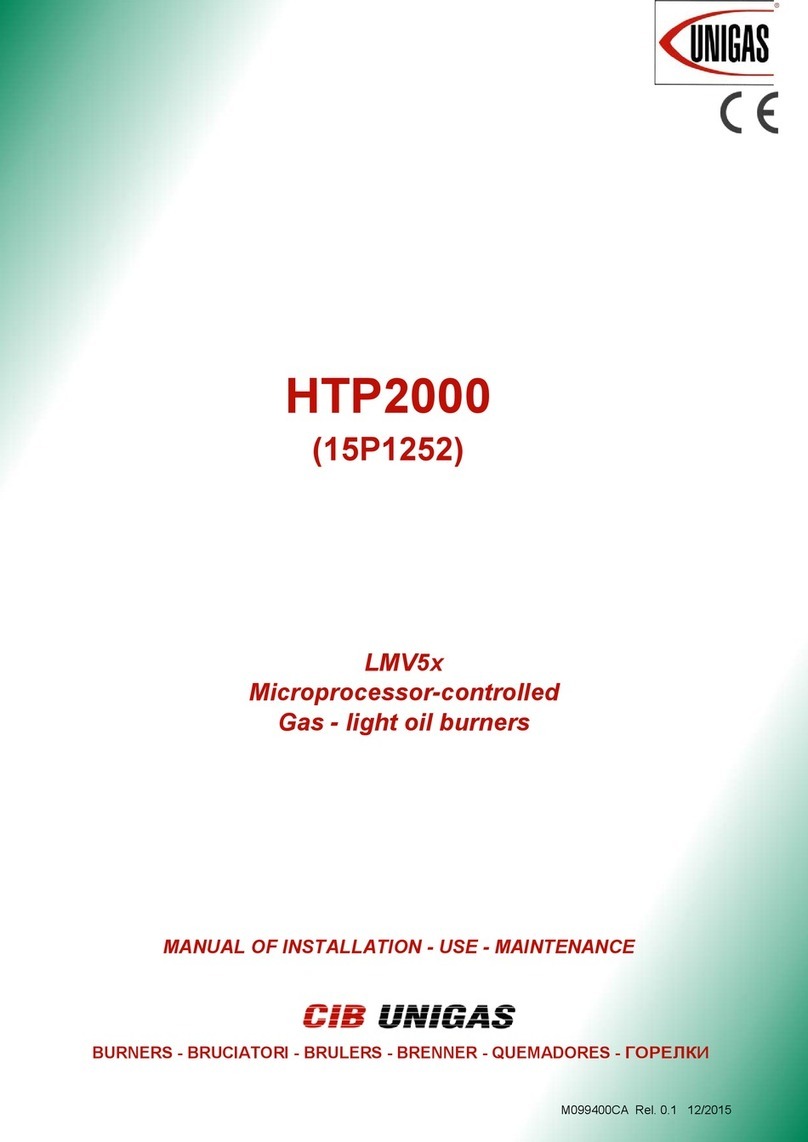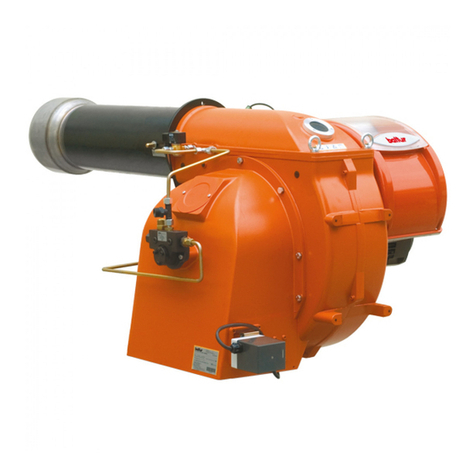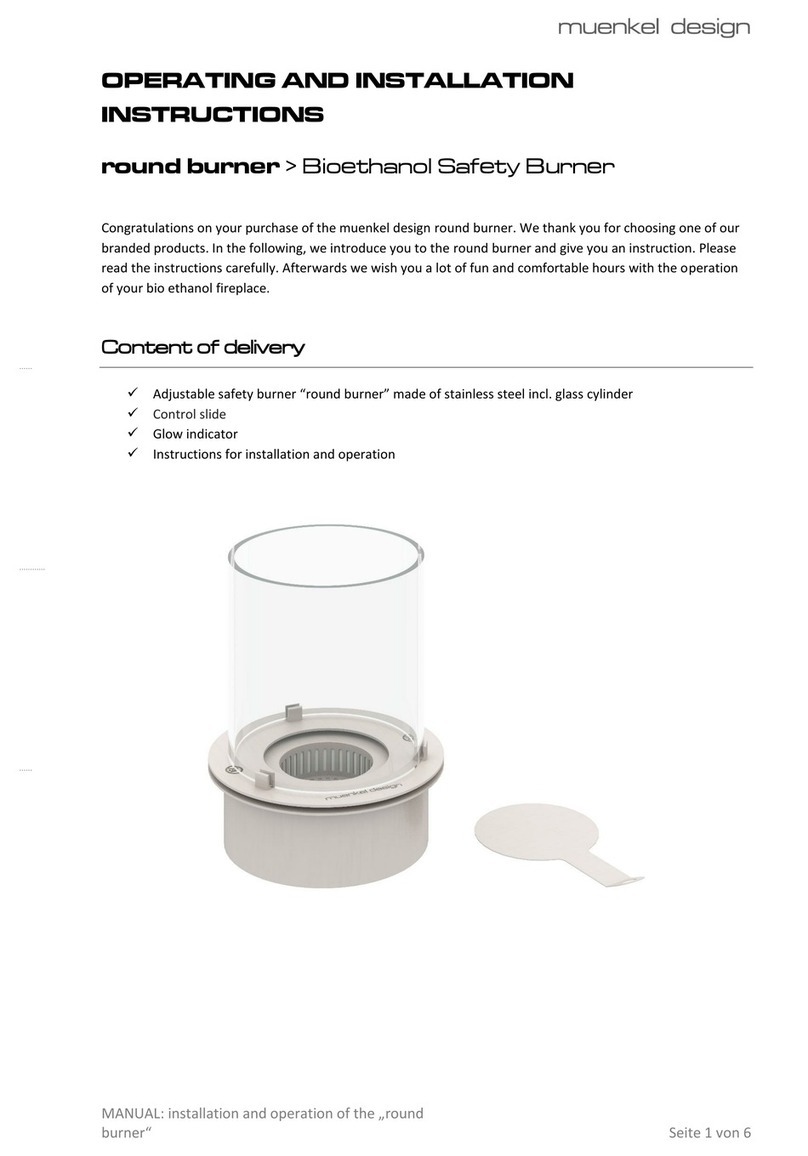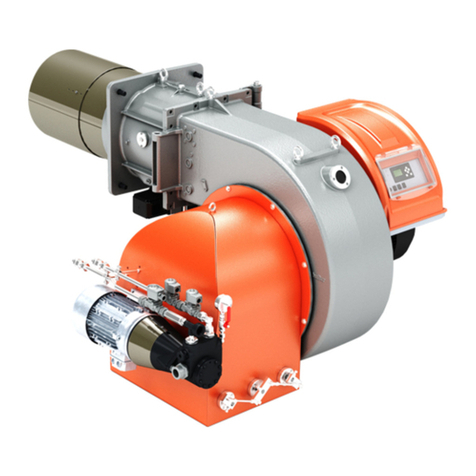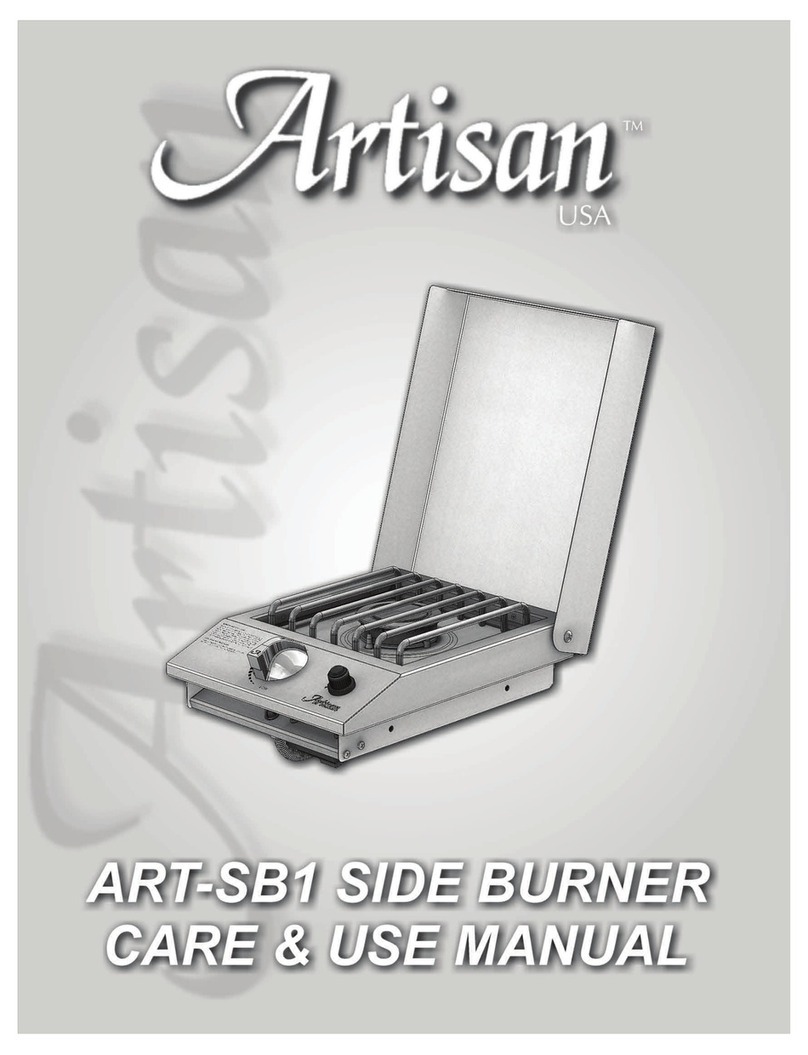
2
Thank you for your selection of CRUCIBLE SELF REGENERATIVE GAS BURNER
Type CRU Please carefully read this instruction manual in order for you to be fully
satisfied with the performance of this burner and to secure the safety in operation,
maintenance and inspection. Also, please be sure to deliver this instruction manual to
the end user, as well as to the constructor.
Inspection
Check the model and type of the burner, the voltage of the solenoid valve, the part No. of the
auto switch, etc. to confirm that they are exactly what you have ordered. Also, check for
damage, etc, due to transportation.
Outline
Our CRU Crucible Self-Regenerative Gas Burner is a self-regenerative gas burner we have newly developed for
crucibles.
To enable combustion in a ring-shaped narrow space, the direction of the combustion flame is alternately
switched to clockwise/counterclockwise during the combustion. As the flame does not contact the crucible
directly, the life of the crucible is extended and the temperature distribution is improved.
Although this burner was developed for crucibles, it can be also applicable to other crucible-shaped furnaces
(e.g., pit-type furnaces, bell-type furnaces) with the expectations of the same effect.
Features
1)Since the regenerative combustion system is integrated into one burner, cost can be
reduced.
2)The energy-saving effect is so large that CO2emission can be reduced substantially.
3)Since there is no portion of extremely high temperature within the flame, very favorable
temperature distribution can be obtained.
4)Since highly luminous flame is obtained, the radiant heat transfer effect can be improved.
5)The replacement/cleaning of the regenerator can be conducted easily.
6)As the flame does not contact the crucible directly, the life of the crucible is extended.
7)As the flame direction is alternately switched to clockwise/counterclockwise, the local heat is prevented
and therefore the temperature distribution is improved.
8)As the pressure loss of the burner is small, no exhaust fan is required, which leads to cost reduction.


